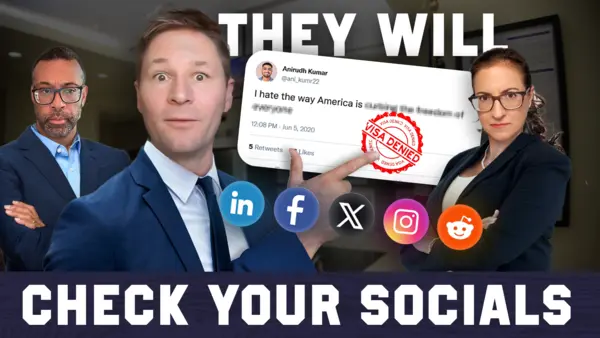|
|

GMAT Club Daily Prep
Thank you for using the timer - this advanced tool can estimate your performance and suggest more practice questions. We have subscribed you to Daily Prep Questions via email.
Customized
for You
Track
Your Progress
Practice
Pays
Not interested in getting valuable practice questions and articles delivered to your email? No problem, unsubscribe here.
Originally posted by Sajjad1994 on 10 Oct 2023, 10:46.
Last edited by Bunuel on 12 Oct 2025, 10:24, edited 1 time in total.
Last edited by Bunuel on 12 Oct 2025, 10:24, edited 1 time in total.
Kudos
Bookmarks
E-mail from CEO to Project Manager and Designer
I’m concerned about the architect’s renderings for the new building. Those rows and rows of desks seem crowded and unpleasant. Will people have enough space to work? Will they have enough privacy to call a client? We don’t want to create a boiler room atmosphere. We tell our staff that we value creativity. Are we generating their most creative ideas by having them sit elbow to elbow and stare at the same wall? Is a room full of parallel lines the best we can do for design?
I’m concerned about the architect’s renderings for the new building. Those rows and rows of desks seem crowded and unpleasant. Will people have enough space to work? Will they have enough privacy to call a client? We don’t want to create a boiler room atmosphere. We tell our staff that we value creativity. Are we generating their most creative ideas by having them sit elbow to elbow and stare at the same wall? Is a room full of parallel lines the best we can do for design?
The CEO values creative contributions from his employees.: Yes
The new building under construction is too small for the number of employees it must house.: No
The designer and the project manager agree that ideas about how people work are changing and the design of space should change with that.: Yes
Be sure to select an answer first to save it in the Error Log before revealing the correct answer (OA)!
Difficulty:
 35%
(medium)
35%
(medium)
Question Stats:
82% (02:22) correct 18%
(02:31)
wrong
18%
(02:31)
wrong  based on 901
sessions
based on 901
sessions
History
Date
Time
Result
Not Attempted Yet
1. Consider each of the following statements. Does the information in the three sources support the inference as stated?
| Yes | No | |
| The CEO values creative contributions from his employees. | ||
| The new building under construction is too small for the number of employees it must house. | ||
| The designer and the project manager agree that ideas about how people work are changing and the design of space should change with that. |
ShowHide Answer
Official Answer
The CEO values creative contributions from his employees.: Yes
The new building under construction is too small for the number of employees it must house.: No
The designer and the project manager agree that ideas about how people work are changing and the design of space should change with that.: Yes
When people work collaboratively, there is no need for private spaces.: No
The CEO puts a higher value on workers having private spaces than the designer or project manager does.: Yes
Be sure to select an answer first to save it in the Error Log before revealing the correct answer (OA)!
Difficulty:
 45%
(medium)
45%
(medium)
Question Stats:
63% (00:46) correct 37%
(00:50)
wrong
37%
(00:50)
wrong  based on 817
sessions
based on 817
sessions
History
Date
Time
Result
Not Attempted Yet
1. Consider each of the following statements. Does the information in the three sources support the inference as stated?
| Yes | No | |
| When people work collaboratively, there is no need for private spaces. | ||
| The CEO puts a higher value on workers having private spaces than the designer or project manager does. |
ShowHide Answer
Official Answer
When people work collaboratively, there is no need for private spaces.: No
The CEO puts a higher value on workers having private spaces than the designer or project manager does.: Yes
Data Insights (DI) Butler 2023-24 [Question #26, Date: Oct-09-2023] [Click here for Details]
McGraw-Hill
Kudos
Bookmarks
Sajjad1994
My reasoning behind picking No for first part of the second question is that we don't have enough information to negate that statement, ie. tell us that privacy is not important. Is that right or did I reach the right conclusion but through the wrong reasoning?
Parvez786
Joined: 06 Feb 2019
Last visit: 17 Nov 2025
Posts: 14
Own Kudos:
Given Kudos: 85
Location: India
Schools: UC Riverside'26 Tuck '26 Tepper '26 Simon '26 Owen '26 Anderson '26 Darden '26 Goizueta '26 Kenan-Flagler '26 Rice Jones '26 Cornell '26 Kelley '26 IIMB '25
GMAT 1: 800 Q48 V27

GPA: 3.3
Schools: UC Riverside'26 Tuck '26 Tepper '26 Simon '26 Owen '26 Anderson '26 Darden '26 Goizueta '26 Kenan-Flagler '26 Rice Jones '26 Cornell '26 Kelley '26 IIMB '25
GMAT 1: 800 Q48 V27

Posts: 14
Kudos:
8
Kudos
Bookmarks
Sajjad1994 can you please post the official explaination.








